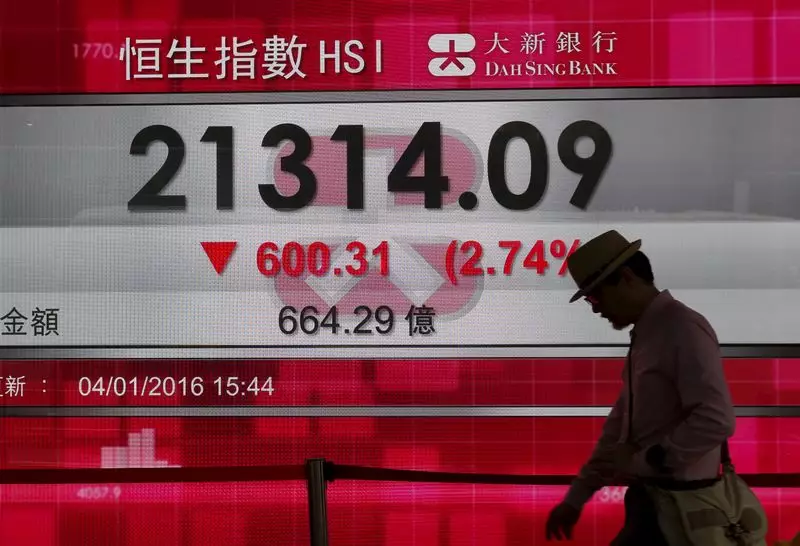In recent weeks, China’s financial markets have seen significant volatility, triggered by new policy announcements aimed to rejuvenate the economy. Described by analysts as akin to launching a “bazooka,” these initiatives are intended to catalyze a rally in Chinese equities that have been undervalued for an extended period. The provocations in the stock market have generated a renewed sense of optimism among investors, presenting a façade of potential growth for both domestic and international “China plays.” However, it is imperative to dissect whether these policy changes will yield lasting impacts or if they are merely a temporary reprieve for a beleaguered economy.
The initial response from investors has been largely positive, with many seeing this as an opportune moment to capitalize on the apparent upswing. The policies introduced seem to have provided a momentary adrenaline rush, driving stock prices upward and reviving interest in Chinese equities. Despite the fleeting excitement, serious concerns linger about the efficacy of these measures in stimulating broader economic growth. Can a series of policy rallies in the stock market effectively transition into tangible benefits for the real economy?
While the predictions signaling a short-lived boost in equity markets look somewhat promising, a deeper analysis reveals that underlying structural issues could inhibit sustained growth. Analysts from BCA Research have expressed concern that these policies will not address perennial challenges such as debt deflation, lukewarm consumer sentiment, and dwindling confidence in both private enterprises and local governments. These systemic issues are significant hurdles that even robust market rallies may not be able to overcome in the near term.
Moreover, the scale of the new policies should not be overstated. BCA Researchers highlight that the subsidy amounts to a mere 0.8% of the GDP, citing that this is insufficient to ignite a robust economic recovery. With household incomes stagnating and the property market remaining in distress, the likelihood of these measures translating into widespread economic rejuvenation is minimal. Experts suggest that without formidable quantitative easing or similar interventions directed at the property sector, the potential for sustained economic growth is bleak.
Historical precedents also indicate a challenging path forward; past initiatives, notably in 2022 targeting property developers, have failed to yield substantial results. Looking ahead, renewed monetary stimulus appears to be a vital necessity to foster an atmosphere conducive to borrowing and spending. However, current high lending rates exacerbate the difficulties businesses face, with many remaining wary of the government’s stance towards private enterprise. Local governments, burdened by debt and policy fatigue, may also be reluctant to adopt growth-centric policies. As the situation unfolds, the key question remains whether the recent policy initiatives will instigate a real transformative change in the Chinese economy or simply serve as a patchwork solution to its deep-rooted issues.

